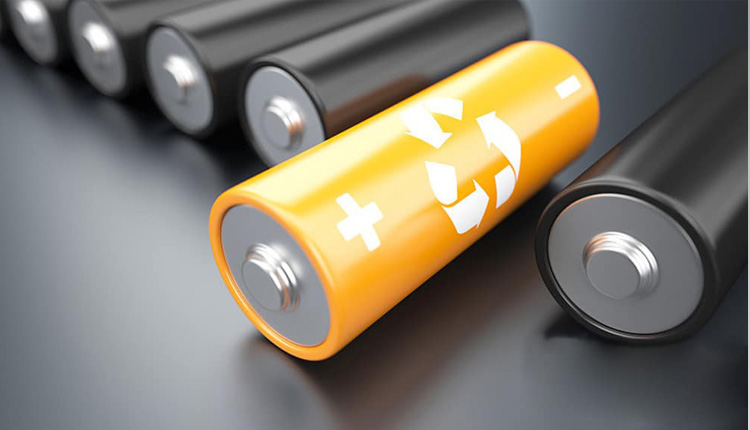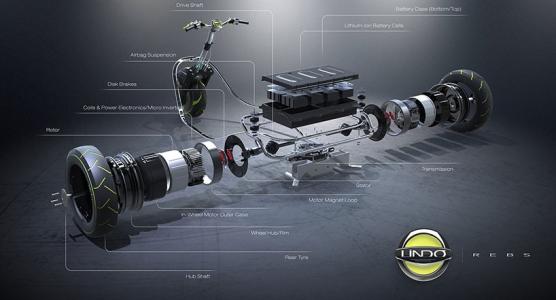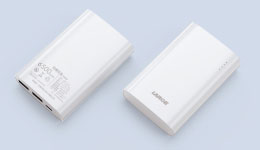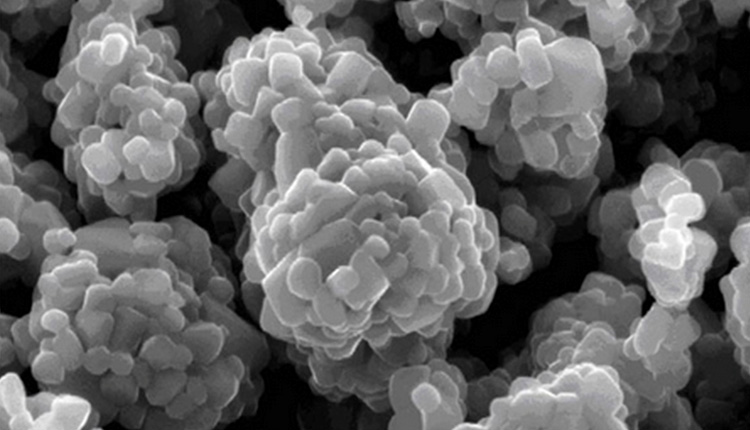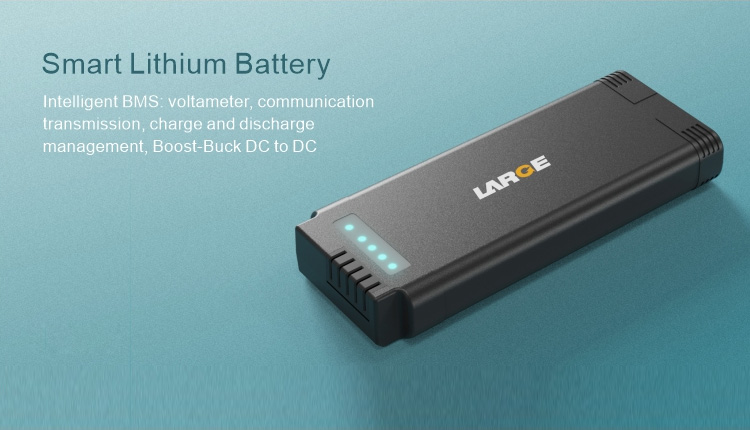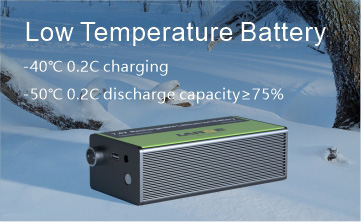Capacity Decrease of Li-ion battery at High and Low Temperature
2021-07-27 14:07:17 Pageview: 1684
As more and more lithium-ion batteries are applied in people’s daily life, its temperature environment is deeply concerned. Comparatively, li-ion battery has potential safety hazard under high-temperature. Thus, it is necessary to test high-temperature performance and compare it with test data under normal temperature.
Test condition: two 950mAh 063450 prismatic lithium batteries produced by BYD, separately under 25℃ (normal temperature) and 60℃ (high temperature).
Charge and discharge system design: applicable to CC-CV charge and CC discharge system. Charge cutoff voltage is 4.2V and discharge cutoff voltage is 3.0V. first charge battery to 4.2V with 1C/950mA current, then charge battery till current reaches 20mA with 4.2V constant voltage; next discharge to 3.0V with 950mA constant current. Continue above cycle until 300 times.
Following analysis is based on three pitch points: the first 50 cycles, first 150 cycles and first 300 cycles:
1. in the first 50 times'cycle process:
(1). Change under 25℃: slight fluctuations in the capacity reduction process, but non-linear. 96.6% remaining capacity after 50 times.
(2). Change under 60℃: capacity decrease process close to linear. 95.5% remaining capacity after 50 times.
This shows stability under high-temperature cycle is poorer than that under normal temperature for battery within 50 times. However, in this stage, capacity discharged under high temperature is higher than battery rated capacity. This is because electrolyte viscosity falls under high temperature, which fastens movement of lithium ions. At this time, not only will discharge capacity be higher than rated capacity, but also more capacity could be charged.
2. First 150 times'cycle:
(1). each time, discharge capacity under 60℃ will be higher than that under 25℃;
(2). Initial capacity under 60℃ is 1020mAh, higher than rated capacity; initial capacity under 25℃ is 930mAh but capacity decreases faster under 60?.
3. Status after 300 times'cycle:
under 25℃, slow capacity decrease and capacity remains 800mAh; while under 60℃, only 730mAh capacity remains.
Fundamentally, capacity reduction on Lithium Battery is affected by battery polarization, that is, diffusion speed of lithium ions could not catch up with electron transfer speed, which makes battery cathode hold less and less lithium ions. Under 60?, this polarization aggravates and leads to capacity reduction on li-ion battery.
- Prev Article: Cautions on Lithium Battery’s Series/Parallel Combination
- Next Article: Best Rechargeable Battery







